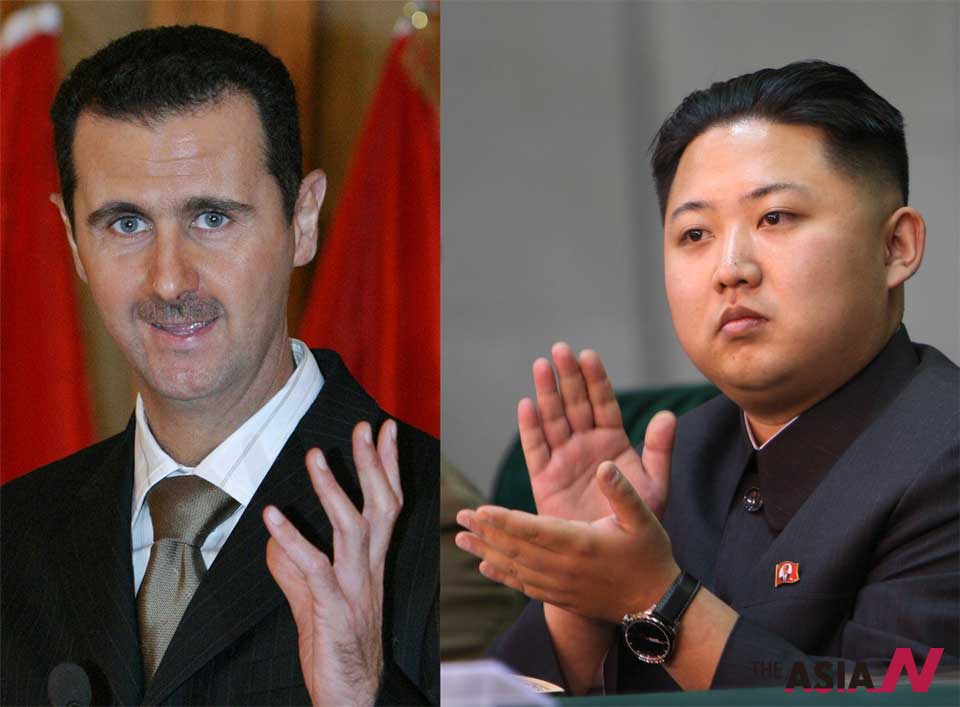[London Olympics] ② The world revives London’s architecture
*Editor’s note: This is the second of six-part stories on the London Olympics
That’s how Boris Johnson, the Mayor of London, wished the new tower to be a success as he unveiled it in the Olympic Village garden. Zaha’s icon and this tower have something in common: The engineer who built it is also of a non-British origin and lives in London too. It is as if the Olympics is an invitation to the world’s engineers to excel in art as well as to athletes to shine in competitions. I’m talking about Anish Kapur (born in Bombay, 12 March 1954), who designed a sky gate.
A marvellous, attractive design, the tallest in the UK, a spiral from a 115-m-high tube, overlooking the 250 acre area on which the total Olympic Village is built, (taller than the Statue of Liberty in New York), by a designer known for his abstract and sculptural works. Boris Johnson spoke proudly about the ideal design, which is worth being a creative, cultural heritage.
Once again there is reference to this “international” human spirit of the London Olympics as we look at the face of Munira Mirza, the young art and culture consultant to the Mayor, who stresses that 2012 will be an exceptional year as it welcomes the world under the umbrella of creative competition, hosting not only the London Olympics and Paralympics, but also an international public who receive the arts and culture of the 21st century in the Olympic Village, museums, theatres as well as in London’s public places and streets.
Mirza started the cultural planning for London early, and among her successful projects is the “Window” phenomenon, which shed light on contemporary art in the Arab world a year before the start of the Olympics.




















One thought on “[London Olympics] ② The world revives London’s architecture”